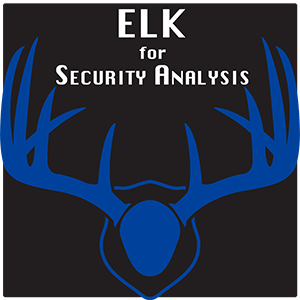
CyberChef for Security Analysts will teach you how to use CyberChef to perform common data manipulation, transformation, deobfuscation, and extraction techniques using real security data*. This isn’t just a simple tutorial, you’ll work through diverse exercises using real-world security data to build a toolkit of techniques.Simply put, CyberChef for Security Analysts is an example-driven master class on dealing with the most common types of data you’ll encounter in common blue team roles like SOC analysts, malware reverse engineering, forensic investigations, threat hunting, and threat intelligence.
Syllabus
- CyberChef Basics
- Character Encoding and Encryption
- Data Formatting, Parsing, and other Manipulation
- Defeating Malware Obfuscation
- Log File and Forensic Analysis Techniques
- Image Manipulation
- HTTP Requests and JSON Data
CyberChef for Security Analysts







